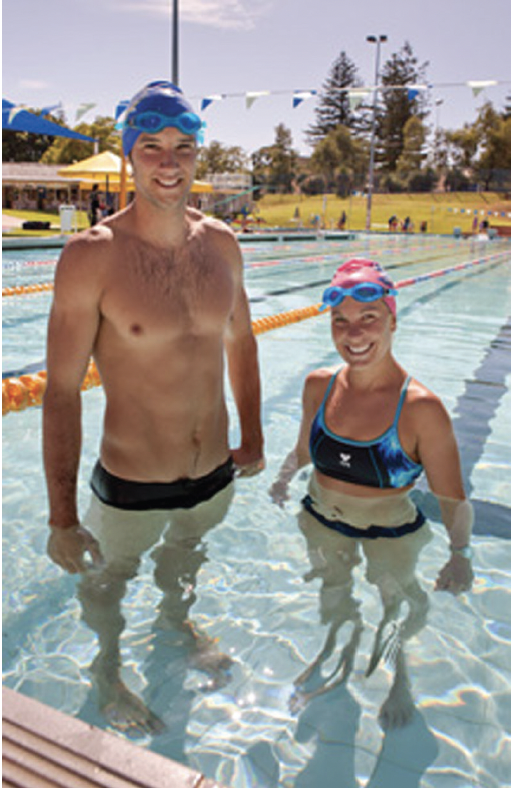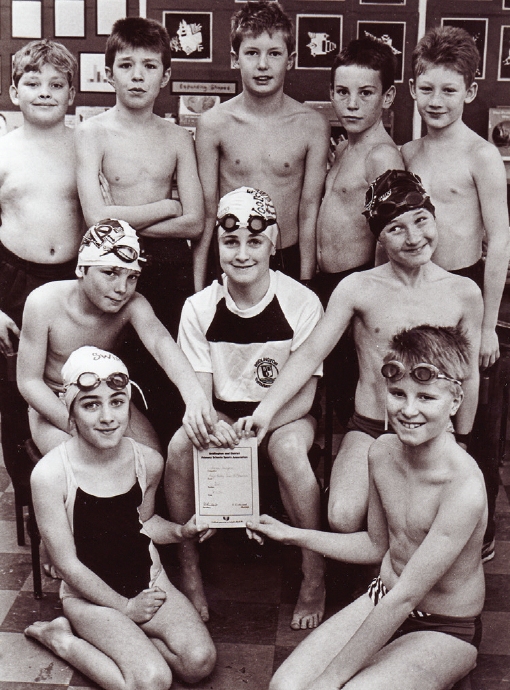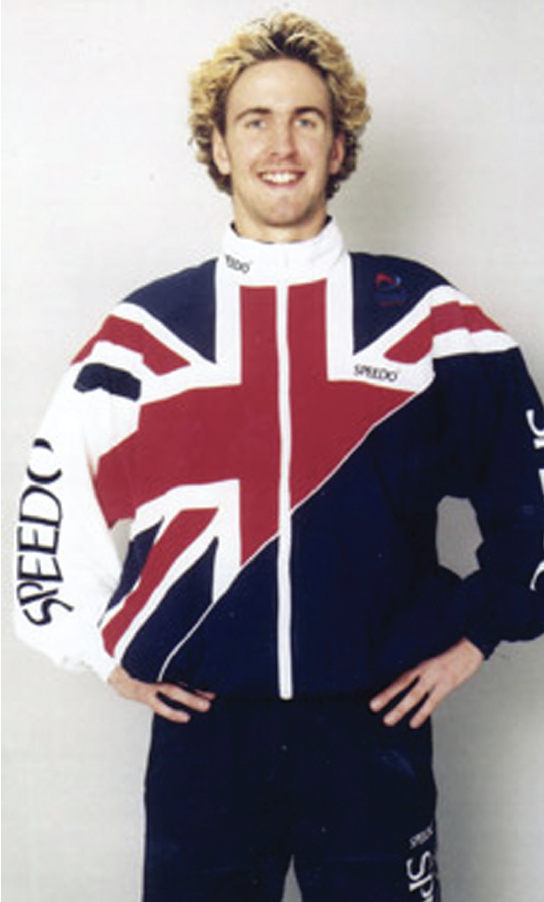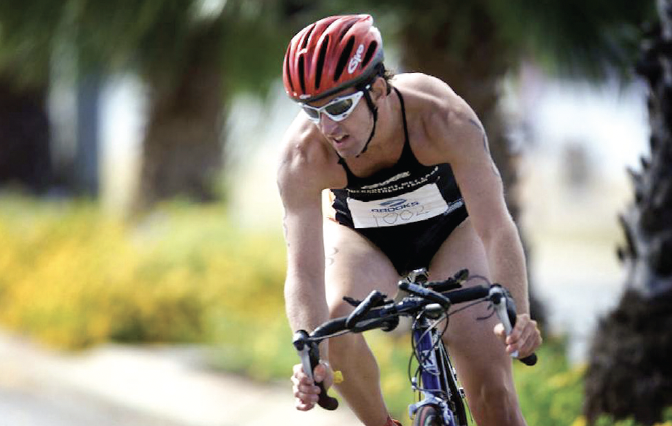The Swim Types System
Book Extract
Since Swim Smooth’s creation in 2004, we’ve talked a lot about the need for an individual approach in swimming; how swimmers needed to work on different aspects of their technique based on their age, height, experience, gender and even personality. In contrast to this, many traditional swimming programmes treat everyone the same and have them repeat the same visualisations and drills constantly with one ideal stroke in mind. This one dimensional approach has several major disadvantages:
- The vision of a perfect stroke may not suit the swimmer’s physical attributes e.g. height, strength, gender, natural buoyancy.
- The starting point of the swimmer is ignored and so the coaching is never tailored to their individual needs. As a consequence their rate of progress is dramatically slowed or stops completely.
- No account is taken of the environment in which the swimmer is racing and the importance of tailoring the swimmer’s stroke technique to those conditions. e.g. pool versus open water and wetsuit versus non wetsuit swimming.

Ceinwen is 1.60 m tall and Andy is 2.00 m. Should these two swimmers adopt the same stroke style?
Our Swim Types system is a way of taking a much more individual approach to your swimming:
- Swim Types gives you the option of two ideal stroke styles to head towards, one of which will suit your physical make-up and personality.
- Your current stroke technique is recognised and a tailored development path is set for you, allowing you to take rapid steps forward.
- The system shows you how differing styles suit different race environments and helps you develop your stroke to excel in those conditions. This is not just about maximum performance, the right stroke style will make things much more comfortable and enjoyable too.
Swim Types has been used internally by Swim Smooth coaches since 2008 but since the website www.swimtypes.com was launched in 2010, it has been used directly by swimmers with hundreds of thousands of followers from around the world visiting the site and using the system.
The Development of Swim Types
The Swim Types system is Paul Newsome’s brainchild, here he takes a look back at the thinking behind the system and how it was created:
PAUL: Coming from a competitive swimming background as a kid growing up in the UK, I always found it fascinating to see how different body types and builds gravitated towards each of the four competitive strokes – butterfly, backstroke, breaststroke and freestyle. The tallest swimmers with great hip flexibility tended to excel at breaststroke; the tall, muscular swimmers with great kicks were strong in the freestyle and backstroke sprint events; and the shorter, stockier swimmers with good upper-body flexibility tended to be good at butterfly. Being a little vertically challenged myself (compared to some of my giant-like rivals!) my best events were the 100 m and 200 m butterfly and the longer distance freestyle events. I could not seem to sprint like the other guys no matter how much speed work I put in but ask me to move along at a moderately fast pace and maintain this for repetition after repetition, well that I could do! Still, there were no prizes for being good at training or having a good work ethic – all that counted was who was first to the touch pads.
I couldn’t change my growth rate or the size of my feet but swimming would have been a lot less frustrating had I been shown how genetics potentially predisposed me to one stroke or distance of event over another. I certainly wouldn’t have kept trying to become a super-quick 50 m freestyle specialist against my 1.9 m / 6’ 4” rivals! What’s more, the recommended stroke style and technique that worked for these guys just didn’t seem to work for me.

Proudly representing Bridlington Swimming Club aged 9 (centre)
As a junior I was told by my coaches that my stroke didn’t look that pretty and I was often affectionately known as ‘Steam Boat Willie’ by my friends because of my high stroke rate and a punchy style. Unfortunately, open water swimming wasn’t very popular in the late 1980s and early 1990s and at 10 or 11 years of age, very rarely would we be encouraged to swim more than 400 m freestyle at a meet. This is a shame given what we now know about the differences in swimming style and suitability towards different environments and distances.
Unfortunately I didn’t progress beyond county (state) representative level in the pool. However I did switch to triathlon at the age of 16 and instantly felt at home, revelling in the new open water environment with my aerobic engine and high revving stroke. I was much more suited to the longer distances in rougher water than to the 50 m or 100 m dash in the pool, and went on to represent Great Britain in triathlon as a Junior and Under-23 between the years of 1997 and 2001. Being one of the fastest swimmers in the field was fantastic and I was thankful for both my swimming background and for being persistent enough to stick with the sport when many of my fellow swimmers ‘retired’ in their mid-teens.

Proudly representing Great Britain in 2000.

Racing Under-23 Elite in 2001.
There was never any doubt in my mind that the one thing that I wanted to do after completing my Sports Science degree at Bath University was to coach swimming and triathlon. I wanted to work primarily with adult age-group athletes of limited swimming experience and put my biomechanics knowledge and video analysis skills to best use by helping these swimmers improve their efficiency in the water. As it turned out everything fell into place a little sooner than I thought it might.
Whilst on a backpacking trip in 2002 (complete with long, bleached-blonde hair and hippy clothing) I found myself in sunny Perth and was offered a job as the Head Coach for the largest triathlon club in Western Australia. The Challenge Stadium Aquatic Centre was to be my base and with three 50 m pools all in one giant complex, what a playground this was! Having 24 / 7 access to some of the world’s best swimming facilities, and with a seemingly endless demand for my video analysis and stroke correction services, I started to build up a big library of experience. Whilst being on the receiving end of a bit of banter from the locals for being a ‘pommie’ teaching Australians to swim, I worked with a huge range of swimmers from those just getting started in the sport to those winning triathlon and open water competitions.
When you are fortunate enough to work full-time with thousands of swimmers of varying ability you start to notice trends in the way people move in the water. Being of an inquisitive and scientific mind, I started cross-referencing some of the most major faults within people’s strokes against their body-type, build, gender and swimming background. Was there any link between a swimmer’s inefficiency in the water and their physical make-up? Was I giving similar instruction to certain types of swimmers but giving differing advice to others – even if this advice seemed to contradict what I was telling the first group?
The world view within swimming at this time was that everyone should be taught to fit a single mould, irrespective of physical build or background. One of the strongest notions was that if you could make your stroke as long as is physically possible by reducing the number of strokes you took per lap, then you’d supposedly become ever more efficient. But how long is long, and is this the same number of strokes for everyone irrespective of their height and arm length? Aiming for less than 40 strokes per 50 m seemed to be the hallowed goal of swimmers and coaches; after all Ian Thorpe and Alexander Popov were reputedly taking fewer strokes than any of their contemporaries and looked so graceful in the process. Swimmers would be taught to do endless technique sets in the pool trying to reduce the number of strokes taken per length with those producing the lowest numbers being praised and those over the average being rejected as failing to be efficient, despite how fast they might have been swimming in races.
Most coaches and theoreticians seemed to be looking past those swimmers excelling in events longer than 400 m in the pool and open water when they wrote their manuals on how all of us should aim to swim. Enter Shelley Taylor-Smith, seven times World Cup marathon swimming champion and open water specialist from Perth. In 1991 Shelley was ranked number one in the world for women and men in marathon swimming events and in the same year she won the 25 km open water event at the World Aquatics Championships in the Swan River in Perth. In no other endurance sporting event would a woman out-perform the men and yet here was Shelley doing just that, breaking all the rules.
Not only was Shelley breaking the gender rules, she was also breaking the stroke rules too! At 1.65 m / 5’ 5” Shelley wasn’t able to swim with less than 40 strokes per 50 m in the pool as most of the guys would do, instead she would take around 52 strokes. Shelley would generate her speed by matching this stroke length with a very fast stroke rate around 90 strokes per minute. For many such a high stroke rate with so many strokes per length would have been laughed off as inefficient but here was one of the world’s best ever distance swimmers doing just that, winning world championship after world championship and often beating all the men in the process. Shelley had developed and refined a stroke which was the most optimal style for her, as did Olympic Champion Janet Evans before her and Laure Manadou, David Davies and Lotte Friis (all Olympic Medallists) have done since. Meeting Shelley and seeing her in action was mind-blowing and I was seeing more and more that the consensus in swimming was wrong and there was more than one type of fast and efficient freestyle stroke.
Whilst everything in the printed media and online at this time was still saying ‘longer strokes are always better’, in practice I was finding that whilst this would work for some, for others this advice was proving totally detrimental if they simply didn’t have the physical height and strength to make it work for them. In pursuing a very long stroke, these swimmers were creating as many problems in their technique as they were solving. I coined the phrase ‘Overglider’ as far back as 2004 after seeing so many swimmers introducing a long glide to their stroke to try and lengthen it out as much as possible. These swimmers had pretty good alignment and body position but were stuck on a performance plateau whilst in pursuit of an ever-longer stroke. With my sports-science background I respect the fact that research and evidence was needed to test hypothesis and the evidence was stacking up here against the ‘longer is more efficient’ world view.
Thinking back to my own swimming, a long stroke would have been great for the 1.9 m tall giants with powerful kicks to push them through the gap between strokes but I was neither tall nor was I very good at kick! Nor were many of the swimmers that I was coaching and most were training for open water swimming and triathlon where the conditions are much bumpier from swimming in close proximity to other swimmers. One key thing that my sports-science degree taught me was that specificity in training is essential. It’s OK to use models of efficiency as a starting point (e.g. our Mr. Smooth animation) but you must have the ability to adapt your stroke to the environment in which you are swimming and, equally, to find a stroke that works for you given your own experience, physical makeup and even your personality.
One of my old coaches at university used to say ‘all swimmer’s strokes are like fingerprints, no two are the same’ and whilst this is true, I was also starting to appreciate how many of these stroke flaws and movement patterns were clustering into ‘types’ of swimmer. Stronger athletes with limited swimming backgrounds would attack the water like they would the rugby field but would be held back by low sinking legs in the water. Some swimmers would have a strong kick and great body position but slip to the back of the lane when using a pull buoy. The more studious and analytical swimmers could tell me exactly what they should be doing in the water from all their research but then be unable to put this into practice. I could personally identify with another group of swimmers who had a strong swimming background but had developed a complex about the tidiness of their strokes and inability to kick (and sprint!).
It was very obvious to me that all these types of swimmer should be developed and worked with differently. If we could classify them and provide each ‘Swim Type’ with their own individual pathway for developing their strokes then all swimmers would develop at an optimal rate and into a style of stroke best suited to their makeup. We would be able to move away from a cookie-cutter programme that only works for the lucky few. Working with the other Swim Smooth coaches and sharing experiences and ideas, I formulated this into the full Swim Types system in 2007–08. We used and refined the system and stroke correction processes for a further two years before launching it to the world on www.swimtypes.com in June 2010. I was very excited about the potential of Swim Types but also aware that the system needed to be extremely well thought through and as fool-proof as possible before launching it.
After developing the stroke-style aspect of Swim Types, the area that fascinated me most was how each of the types tended to have a distinct personality. As a coach, one of the most important things I have learned over the last 15 years is that communication and the way you give direction to an athlete is just as important as what you actually say. I have met a wide range of swimmers over the years: some are very direct and want straight-forward answers with no ‘fluff ’, some crave a detailed scientific explanation, some seek minimal guidance but want assistance with motivation and others respond best to a reassuring approach without any technical jargon at all. Swim Types helps you tune into these traits and tailor your communication accordingly. Knowing what to say, when to say it and how to put the message across is the key to successful coaching and this is the area I am most excited about with the Swim Types system.
What you see today is a highly-developed system with thousands of hours of coaching experiences behind it. We’ve put a lot of effort into making the system easy to understand and memorable using cartoons and some light-hearted humour but don’t be fooled into thinking we’ve thrown it together in a light-hearted way. Quite the opposite, identify your Swim Type and follow your individual stroke correction process and you’ll make the same sort of rapid progress with your swimming that you would if we were coaching you in person here in Perth.
© Not to be reproduced without written permission from Fernhurst Books Limited.
Swim Smooth is written by Adam Young & Paul Newsome. A former age group triathlete and swimmer, Head Coach Adam Young became a partner in Swim Smooth in 2008 and heads up Swim Smooth's coaching in the UK. Adam is the brains behind Mr Smooth, most of what you see of Swim Smooth's websites and the forthcoming Swim Smooth app. Paul's life in competitive swimming started at the age of 7. At 17 he was introduced to the sport of Triathlon and switched to elite triathlon competition. He joined the UK's World Class Potential program at Bath University whilst studying for his Sports Science Degree. During this period he became British Universities Triathlon Champion and came 11th at the World Student Games. At this time Paul discovered his real passion for teaching and coaching, finding that he loved sharing his knowledge with friends and training partners. After graduating Paul began full time swimming and triathlon coaching in Australia and in 2004 launched Swim Smooth.